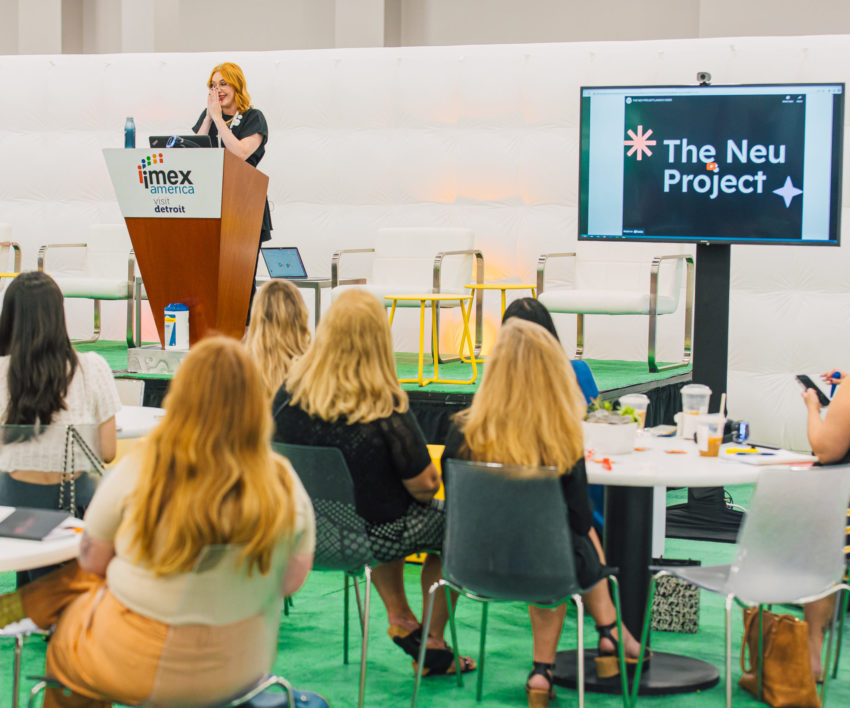The Neu Project
In partnership with FIRST, Google has launched The Neu Project, an initiative meant to create more inclusive experiences for neurodivergent people.
The Neu Project features a guide to explore the topic of neurodiversity, its benefits, and the significance of creating events that are inclusive of all neurotypes. It’s full of practical strategies for curating experiences that are considerate of all minds.
While we encourage implementing as many practical strategies from the guide as possible, creating neuroinclusive events is a journey. Applying a few suggestions, to begin with, can still make a difference.
